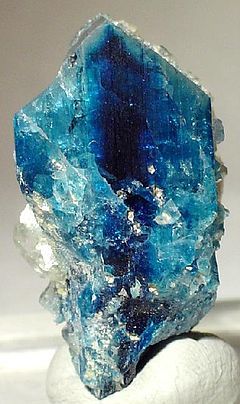
Beryllium is the chemical element in the periodic table that has the symbol Be and atomic number 4. It has several unique properties:
- Beryllium is uniquely strong,
- Beryllium is uniquely light,
- Beryllium is used to make cell phones, missiles and aircrafts,
- Beryllium is in fact highly toxic and should therefore never be tasted,
- Beryllium is one of the lightest metals and has one of the highest melting points among the light metals,
- Beryllium is Steel gray in color,
- Beryllium's modulus of elasticity is about one-third greater than steel,
- Beryllium is nonmagnetic and resistant to concentrated nitric acid,
- Beryllium is also has superior thermal conductivity and resists oxidation in air in normal temperatures,
- Beryllium improves many physical properties when added as an alloying element to aluminium, copper (notably the alloy beryllium copper), iron and nickel,
- Beryllium does not form oxides until it reaches very high temperatures,
- Beryllium is the most common window material for X-ray equipment and components of particle physics experiments,
- The high thermal conductivities of beryllium and beryllium oxide have led to their use in thermal management applications.
Posted by Direniş ÇAYLI on October 28, 2016
Comments
Post a Comment